In the ever-growing world of data, businesses and organizations constantly seek efficient ways to manage, analyze, and make sense of the vast amounts of information they gather. One crucial aspect of this process is data harmonization. But what is data harmonization, and why is it so important in today’s data-driven world? Buckle up and join us as we explore the ins and outs of data harmonization.
- What is Data Harmonization?
- The Data Harmonization Process
- Data Harmonization Challenges and Solutions
- Data Harmonization Applications
- Frequently Asked Questions
- Conclusion
What is Data Harmonization?
Data harmonization is the process of collecting, transforming, and integrating data from various sources into a consistent, accurate, and meaningful format. This process enables businesses and organizations to gain valuable insights from the integrated data, allowing them to make informed decisions and drive growth.
The Need for Data Harmonization
As data is collected from various sources, it often exists in different formats, units, and structures. This lack of standardization can lead to inconsistencies, inaccuracies, and inefficiencies in data management and analysis. Data harmonization addresses these issues by providing a systematic approach to integrating and standardizing data from disparate sources.
The Benefits of Data Harmonization
- Improved data quality and accuracy: By standardizing and integrating data, data harmonization ensures that the resulting dataset is accurate, complete, and consistent.
- Enhanced data analysis: Harmonized data allows for more efficient and accurate data analysis, leading to better insights and informed decision-making.
- Reduced data management costs: Data harmonization simplifies data management processes, reducing the time, effort, and resources required to maintain and analyze data.
- Increased collaboration and data sharing: Harmonized data can be easily shared among different departments, teams, and organizations, fostering collaboration and innovation.
The Data Harmonization Process
Step 1: Data Collection
The first step in data harmonization involves collecting data from various sources, such as databases, spreadsheets, or other data storage systems. This data can be structured, semi-structured, or unstructured and may come in different formats, such as text, numbers, dates, or images.
Step 2: Data Transformation
Next, the collected data is transformed into a common format or structure. This may involve converting units, changing data types, or applying consistent naming conventions to ensure that the data is consistent and can be easily compared and integrated.
Step 3: Data Integration
Once the data has been transformed, it is integrated into a single dataset. This process may involve matching and merging records, removing duplicates, and filling in missing values to create a comprehensive, accurate, and consistent dataset.
Step 4: Data Validation and Quality Assurance
Finally, the harmonized dataset is validated to ensure that it meets the desired quality standards. This may involve checking for errors, inconsistencies, or inaccuracies and correcting them as necessary.
Data Harmonization Challenges and Solutions
Challenge 1: Data Variety
Solution: Employing data profiling techniques and data modeling tools can help identify patterns and relationships in diverse datasets, facilitating the harmonization process.
Challenge 2: Data Quality
Solution: Implementing data validation, cleansing, and enrichment processes during data harmonization can ensure that the resulting dataset is accurate, complete, and consistent.
Challenge 3: Scalability
Solution: Leveraging cloud-based data storage and processing technologies can help businesses scale their data harmonization efforts to accommodate growing data volumes and complexities.
Data Harmonization Applications
- Healthcare: Data harmonization can be used to integrate patient records from various healthcare providers, enabling a comprehensive view of a patient’s medical history and facilitating better treatment and care.
- Finance: Data harmonization helps financial institutions combine data from different sources, such as customer transactions, market data, and regulatory reports, to improve risk management, fraud detection, and customer service.
- Retail: Retailers can use data harmonization to combine customer data from online and offline channels, creating a unified view of customer behavior and preferences, which can be used to enhance marketing and sales strategies.
- Supply Chain Management: Data harmonization can be employed to integrate data from suppliers, manufacturers, distributors, and retailers, providing insights into supply chain performance and enabling better demand forecasting and inventory management.
- Research and Development: In research fields such as genomics, data harmonization can help integrate and standardize data from various experiments and studies, facilitating the discovery of new insights and the development of innovative solutions.
Frequently Asked Questions
- What is data harmonization?
Data harmonization is the process of collecting, transforming, and integrating data from various sources into a consistent, accurate, and meaningful format.
- Why is data harmonization important?
Data harmonization is essential for improving data quality, enhancing data analysis, reducing data management costs, and fostering collaboration and data sharing among teams and organizations.
- What are the main steps in the data harmonization process?
The data harmonization process typically involves data collection, data transformation, data integration, and data validation and quality assurance.
- What challenges can arise during data harmonization?
Some common challenges include data variety, data quality, and scalability.
- What are some applications of data harmonization?
Data harmonization has applications in various industries, such as healthcare, finance, retail, supply chain management, and research and development.
- How can businesses overcome data harmonization challenges?
Businesses can address data harmonization challenges by employing data profiling techniques, implementing data validation and cleansing processes, and leveraging cloud-based data storage and processing technologies.
Conclusion
Data harmonization is a crucial aspect of modern data management, enabling businesses and organizations to derive valuable insights from their data and drive growth. By understanding what data harmonization is, the processes involved, and its applications across various industries, you can unlock the full potential of your data and make informed decisions that lead to success.







Leave a Reply